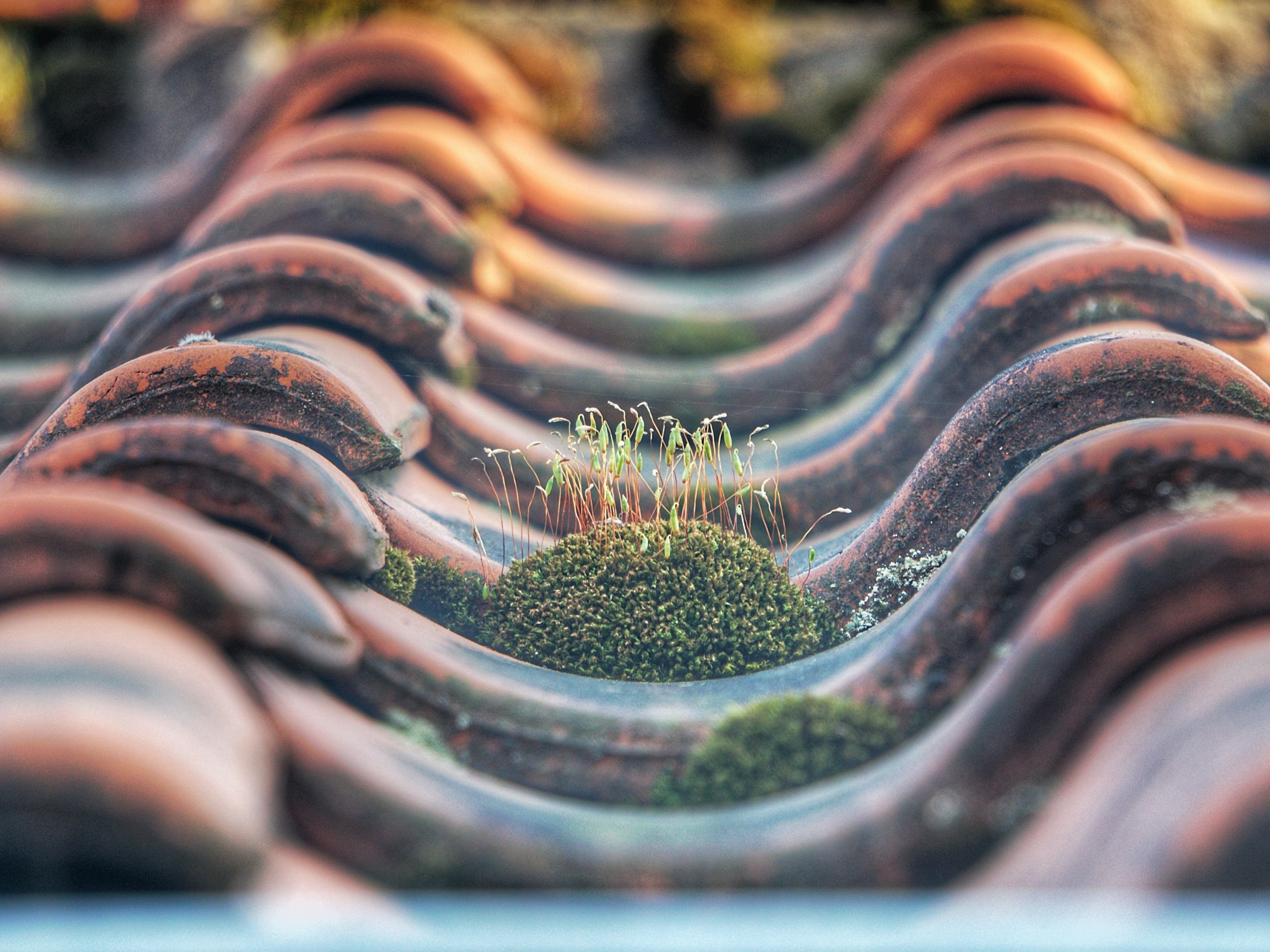Do Look Up: Green Roofs
Why London should be doing better when it comes to green roofs | By Sunny Strickland

You might be surprised to discover that there are more than 1.5 million square meters of green roofs across London. But what exactly are they, and what role can they play in creating a more sustainable future for a city of nearly nine million inhabitants?
Living Architecture
Green roofs are defined by the World Green Infrastructure Network (WGIN) as ‘a vegetated roofing system which is functionally integrated onto a roof area’. They are also known as living roofs, and form part of an architectural philosophy which puts environmental concerns at the forefront of urban planning.
However, actually trying to find all these green roofs was a real challenge. I visited several locations where I was met by puzzled responses when asking about the building’s green roof, while in others it became clear that we were talking about the type of roof-top garden, with pots and planters, rather than an actual living eco-roof.
Perhaps confusingly, the WGIN’s categorisation of green roofs refers to ‘extensive’, ‘semi-intensive’ and ‘intensive’ types, with the cost rising at each step.
An extensive green roof is a shallow growing medium with vegetation limited to shallow-rooting, drought-tolerant plants. A semi-intensive one involves a medium growing depth supporting anything from ground cover to small trees, while ‘intensive’ features a deep growing medium and a wider range of planting. The WGIN classifies the latter as a roof garden.
So how do London’s 700+ green roofs fit into these categories? As far as I can tell, nobody really knows. Thus, any claims about the capital’s green roof revolution and its environmental benefits have to be treated with some scepticism.
If green roofs are established properly—as opposed to developers simply seeking to ‘greenwash’ their schemes—the benefits to the city include capturing carbon and generating oxygen, helping to reduce the urban ‘heat island’ effect and cutting ozone emissions. They also help to capture and manage rainfall to avoid drains and sewers becoming overwhelmed.
The latter point is important, with the Met Office predicting that London and the UK, in general, will have warmer but wetter winters as a result of the climate crisis, while green roofs can also mitigate the increasing number of summer heatwaves we are likely to experience.
Innovation and Regeneration
Dusty Gedge, author of the Living Roofs and Walls from Policy to Practice report and president of European Federation of Green Roofs and Walls Association, told me: “They have a positive benefit in terms of sustainable urban drainage, particularly in the intense kind of storms which most citizens of the world are experiencing due to climate change.”
Dusty informs me about recent innovations in the field, including biosolar roofs which are green combined with photovoltaic arrays. These panels are different from most, being more vertical than horizontal, with 100% of the green roof exposed to the sky. This new system is already being used in Switzerland, and Gedge is keen on bringing it to London.
He is also hopeful for the development of a carbon negative green roof system within the next few years. Green roofs can help cities adapt to climate change and the biodiversity crisis, by helping cool the city, buildings and store rainwater—a carbon-negative biosolar system would be even better.
The next generation of architects is also keen to play its part in making green roofs and walls integral to cities such as London.
Max Tickner, 19, a Stage 2 student at Central Saint Martin’s studying Architecture, told me that sustainability is a core consideration for architects being trained to meet the challenges of urban living in a world shaped by climate change.
However, Max believes we are moving away from sustainability, which he argues has simply become a buzzword which is often too easy to attach to any development, and towards regenerative architecture, which goes beyond aiming for carbon neutrality.
He explains: “Regenerative architecture means buildings have a negative net carbon impact. You are essentially removing carbon, storing carbon, which green roofs do through photosynthesis, becoming a part of the climate and by cleaning the air.”
Dusty and Max represent two generations searching for a way to make systems such as green roofs and walls play an important role in how we address climate change.
However, they are not just looking ahead to a distant future. According to Dusty, 32% of the buildings in central London could be retrofitted with green roofs tomorrow.
Sunny Strickland is a journalism student at the London College of Communication, UAL

